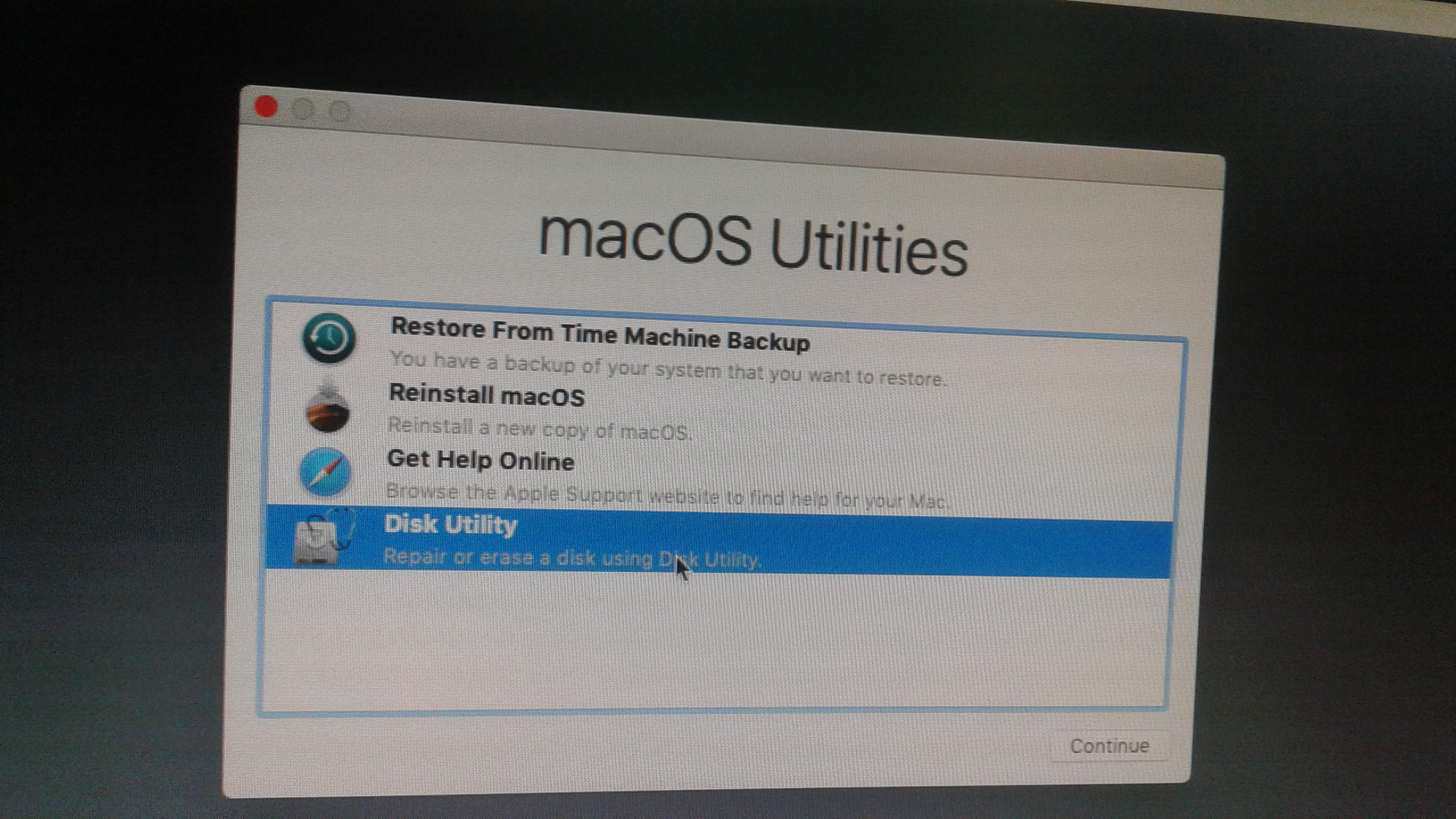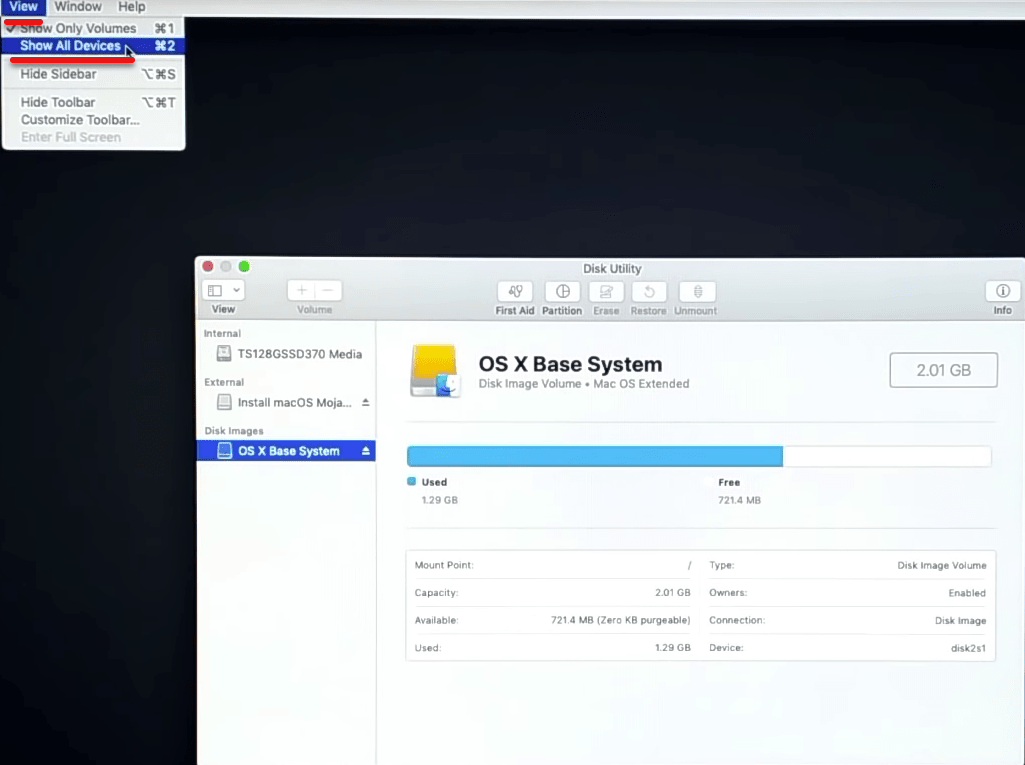
Summary: How to shred files in macOS 10.14 Mojave? How to permanently erase data from hard drive or external device in macOS 10.14 Mojave? Don't worry, just download AweEraser for Mac, it can help you securely, quickly and permanently erase targeted data in macOS 10.14 Mojave, making data recovery impossible.
In most cases, we don't need to permanently erase private data in macOS 10.14 Mojave. Deletion or format is enough to remove the data from hard drive or media device in macOS 10.14 Mojave. But, if you are going to sell, donate, dispose, give away, abandon your Mac/device, it is necessary to permanently destroy sensitive data because data recovery software can easily recover deleted and formatted data.
It supports to permanently erase data from Mac, hard drive, USB flash drive, memory card, digital camera and other storage media device in macOS 10.14 Mojave. This is 100% safe and efficient data eraser for macOS 10.14 Mojave. It will never cause any damage or shorten the service life of your Mac/device. Jan 03, 2020 Luckily, downgrading a new Mac from Catalina to 10.14 Mojave is possible for models other than the 16-inch MacBook Pro and the 2019 Mac Pro. Mac scripting expert (and author of the new book Moving to zsh ) Armin Briegel has published a guide explaining how to roll back a new Mac that ships with Catalina to Mojave.
Best Mac data eraser for macOS 10.14 Mojave
If you need to permanently erase data in macOS 10.14 Mojave, you need special Mac data erasure tool. We recommend you to try AweEraser for Mac – the most secure and powerful data eraser for OS X and macOS. It supports to permanently erase data from Mac, hard drive, USB flash drive, memory card, digital camera and other storage media device in macOS 10.14 Mojave.
This is 100% safe and efficient data eraser for macOS 10.14 Mojave. It will never cause any damage or shorten the service life of your Mac/device. With certified data erasure standards, you will 100% permanently erase data in macOS 10.14 Mojave. No data recovery software or service can recover the data which is erased by AweEraser for Mac. You data is gone forever. Download AweEraser for Mac:
Three ways to permanently erase data in macOS 10.14 Mojave
You may have different needs of data erasure in macOS 10.14 Mojave, AweEraser for Mac offers three modes to permanently erase data. It can meet all your needs.
Mode 1: shred files in macOS 10.14 Mojave
If you only want to permanently erase some files or folders in macOS 10.14 Mojave, just choose this mode. The operations are simple: 1. Choose mode 'Erase Files'; 2. Add or drop files/folders to the erasure list; 3. Click on 'Erase' button. Then the selected files and folders will be permanently erased.
Mode 2: Wipe entire hard drive in macOS 10.14 Mojave
If you want to permanently erase all data on a hard drive/device, just choose this mode: 1. Choose mode 'Erase Hard Drive'; 2. Choose the hard drive or device you want to erase; 3. Click on 'Erase' button. All existing data and history data on the hard drive will be permanently erased, can't be recovered.
Mode 3: Only erase deleted data in macOS 10.14 Mojave
If you only want to permanently erase already deleted/lost data in macOS 10.14 Mojave, you can choose this mode. This mode will erase the already deleted/lost data on the hard drive/device without affecting the existing data on your hard drive/device.
Whether you want to permanently delete a file or want to wipe a disk in macOS 10.14 Mojave, you can use AweEraser for Mac. It offers 100% safe data erasure solution for macOS 10.14 Mojave.
Related Articles
Reinstall from macOS Recovery
macOS Recovery makes it easy to reinstall the Mac operating system, even if you need to erase your startup disk first. All you need is a connection to the Internet. If a wireless network is available, you can choose it from the Wi-Fi menu , which is also available in macOS Recovery.
1. Start up from macOS Recovery
To start up from macOS Recovery, turn on your Mac and immediately press and hold one of the following sets of keys on your keyboard. Release the keys when you see an Apple logo, spinning globe, or other startup screen.
Command (⌘)-R
Safely Erase Ssd
Reinstall the latest macOS that was installed on your Mac (recommended).
Option-⌘-R
Upgrade to the latest macOS that is compatible with your Mac.
Shift-Option-⌘-R
Reinstall the macOS that came with your Mac, or the closest version still available.
You might be prompted to enter a password, such as a firmware password or the password of a user who is an administrator of this Mac. Enter the requested password to continue.
When you see the utilities window, you have started up from macOS Recovery.
2. Decide whether to erase (format) your disk
You probably don't need to erase, unless you're selling, trading in, or giving away your Mac, or you have an issue that requires you to erase. If you need to erase before installing macOS, select Disk Utility from the Utilities window, then click Continue. Learn more about when and how to erase.
3. Install macOS

When you're ready to reinstall macOS, choose Reinstall macOS from the Utilities window. Then click Continue and follow the onscreen instructions. You will be asked to choose a disk on which to install.
- If the installer asks to unlock your disk, enter the password you use to log in to your Mac.
- If the installer doesn't see your disk, or it says that it can't install on your computer or volume, you might need to erase your disk first.
- If the installer is for a different version of macOS than you expected, learn about macOS Recovery exceptions.
- If the installer offers you the choice between installing on Macintosh HD or Macintosh HD - Data, choose Macintosh HD.
Please allow installation to complete without putting your Mac to sleep or closing its lid. During installation, your Mac might restart and show a progress bar several times, and the screen might be empty for minutes at a time.
If your Mac restarts to a setup assistant, but you're selling, trading in, or giving away your Mac, press Command-Q to quit the assistant without completing setup. Then click Shut Down. When the new owner starts up the Mac, they can use their own information to complete setup.
macOS Recovery exceptions
The version of macOS offered by macOS Recovery might vary in some cases:
Erase Ssd For Mac Mojave Ca
- If macOS Sierra 10.12.4 or later has never been installed on this Mac, Option-Command-R installs the macOS that came with your Mac, or the closest version still available. And Shift-Option-Command-R isn't available.
- If you erased your entire disk instead of just the startup volume on that disk, macOS Recovery might offer only the macOS that came with your Mac, or the closest version still available. You can upgrade to a later version afterward.
- If your Mac has the Apple T2 Security Chip and you never installed a macOS update, Option-Command-R installs the latest macOS that was installed on your Mac.
- If you just had your Mac logic board replaced during a repair, macOS Recovery might offer only the latest macOS that is compatible with your Mac.

If you can't get macOS Recovery to offer the installer you want, you might be able to use one of the other ways to install macOS.
Erase Ssd Drive Windows 10
Other ways to install macOS
Erase Ssd Windows 10
- You can also install macOS from the App Store or Software Update preferences. If you can't install macOS Catalina, you might be able to install an earlier macOS, such as macOS Mojave, High Sierra, Sierra, El Capitan, or Yosemite.
- Or create a bootable installer disk, then use that disk to install macOS on your Mac or another Mac.



